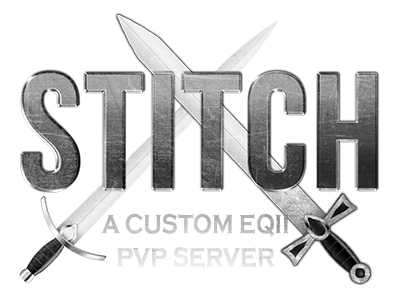Profile
What Are Illuminated Weapon Scopes? Atoms, molecules, factors, isotopes... HUMDRUM! Well, perhaps it is for some people, nonetheless personally, I do think it's somewhat fascinating. For one thing, everything on this planet is made from all these invisible allergens. Although it may seem of atoms when imagining the smallest "thing" in the world, when ever asking yourself what an atom is made of, it becomes clear you will discover smaller contaminants. What is a great Atom? Atoms are made out of combining electrons, protons, and neutrons - subatomic particles. How https://higheducationhere.com/isotopes/ of these some subatomic dust an atom contains depends upon what compound element this belongs to. Atoms are labeled by the unique number of protons within their nucleus -- this is it is atomic number. A stable atom must have an equal number of protons and electrons. Protons enjoy a positive electric power charge though electrons enjoy a negative 1. Therefore , in cases where there are whole lot more protons when compared to electrons, you have got a absolutely charged ion, also known as a good cation. Having said that, if you have extra electrons as opposed to protons, you may have a adversely charged ion, also known as a great anion. Atoms with a net electrical demand as identified can be crafted so unnaturally from a good neutral express by ionizing radiation. Therefore we protected protons and electrons, but what does the neutron do? Very well, you can think of neutrons as the stuff that binds the protons together. How come do they should be limited together? As stated above, protons and electrons happen to be electrically costed, and as such, will naturally repel allergens of the same indication. This is why categories of protons need to have neutrons to carry them together. Hydrogen-1 would not have any kind of neutrons as it only offers one wasserstoffion (positiv) (fachsprachlich). What is an Isotope? Thus we know that the atomic multitude is derived from the number of protons within an atom's nucleus, but what regarding isotopes? A great isotope can be defined by your number of neutrons in an atom's nucleus. In a given compound element, you will discover often a number of these isotopes. For example , hydrogen features 1 proton, but based on what hydrogen isotope it truly is, the number of neutrons vary. Isotopes are known as by their provided chemical element, followed by their particular atomic weight, as in hydrogen-1, hydrogen-2, and so on. This means that even though the number of protons remains consistent, the number of neutrons changes. Therefore hydrogen-2 may have a neutron as well as a wasserstoffion (positiv) (fachsprachlich), while hydrogen-3 will have a couple of neutrons and a wasserstoffion (positiv) (fachsprachlich). Hydrogen-1 has only 1 wasserstoffion (positiv) (fachsprachlich) and no neutrons. By subtracting the atomic number in the mass multitude, you take advantage of the number of neutrons. Isotopes can be recognized on paper by a component name and a distinct majority number including hydrogen-3 as well as iodine-131. In the event that speaking of different isotopes, radioactive or in no way, they will be determined by identity. Therefore , familiarizing yourself with all the structure of atoms and related terminology can be helpful.
Forum Role: Participant
Topics Started: 0
Replies Created: 0

